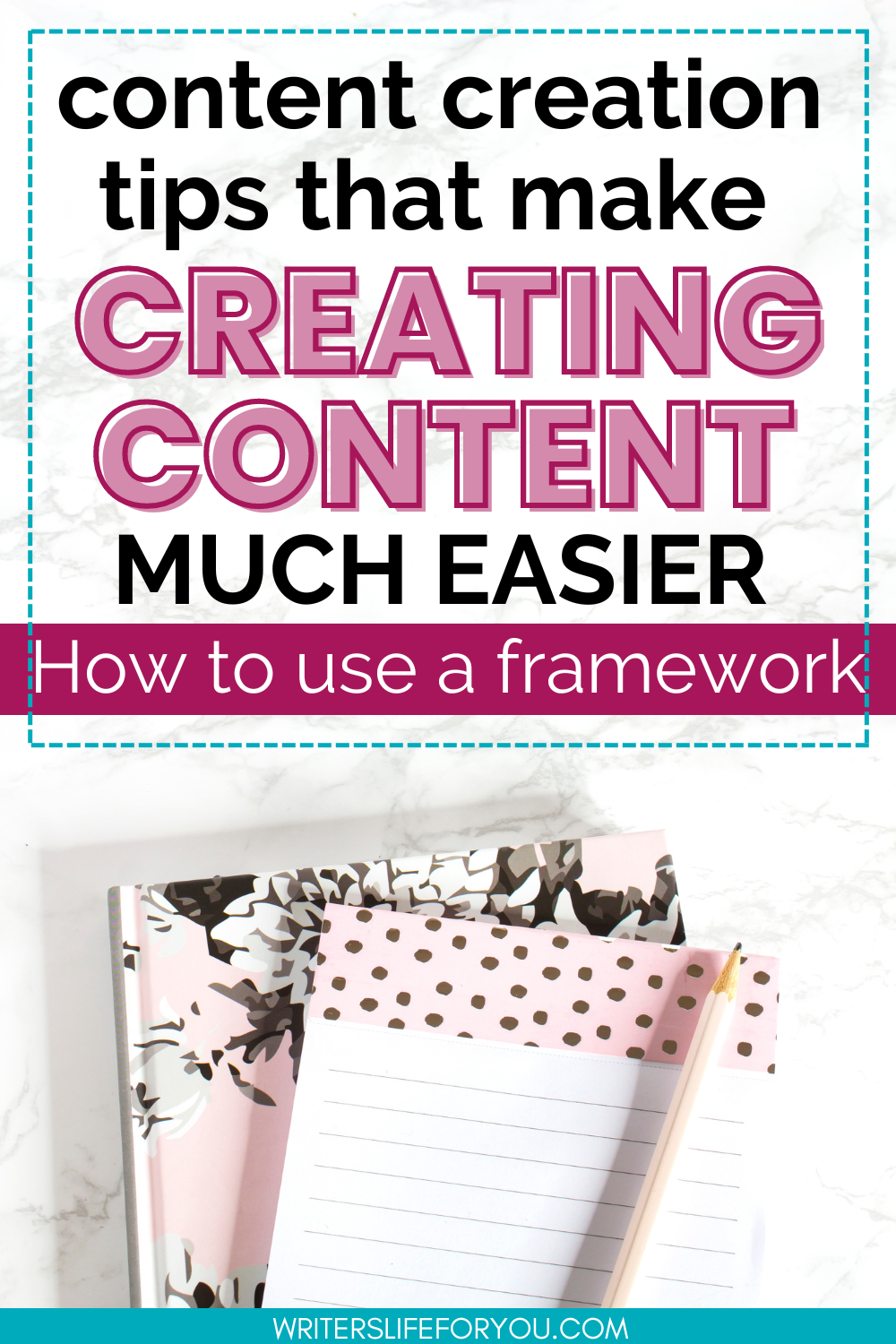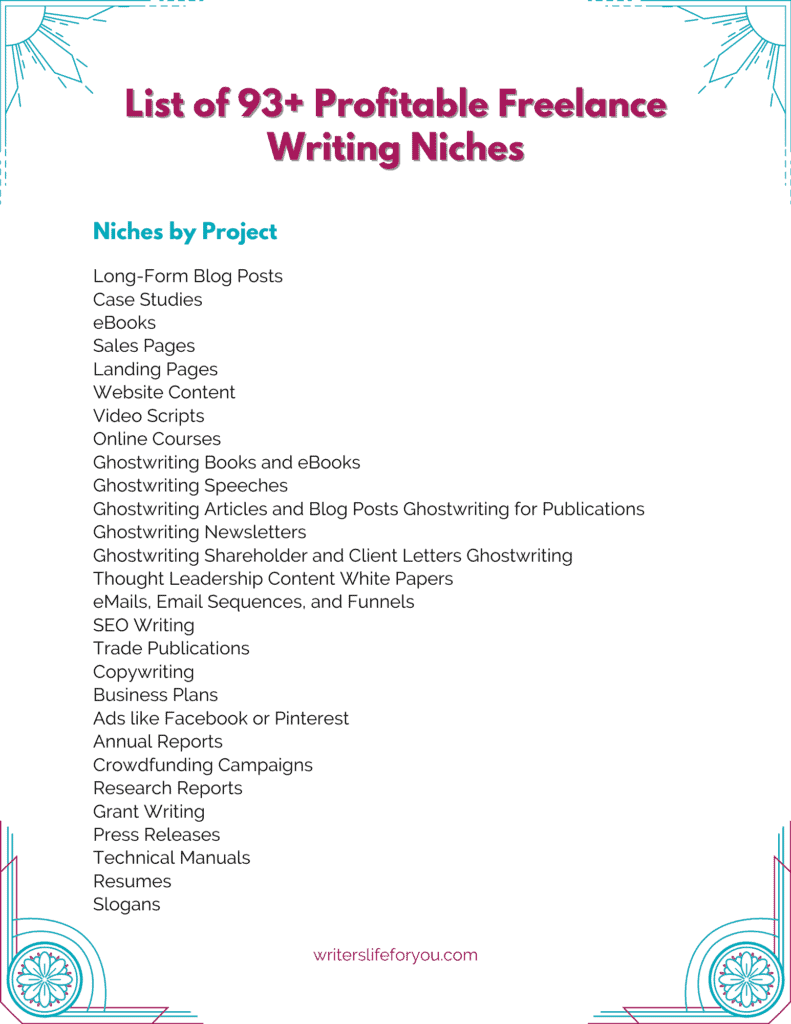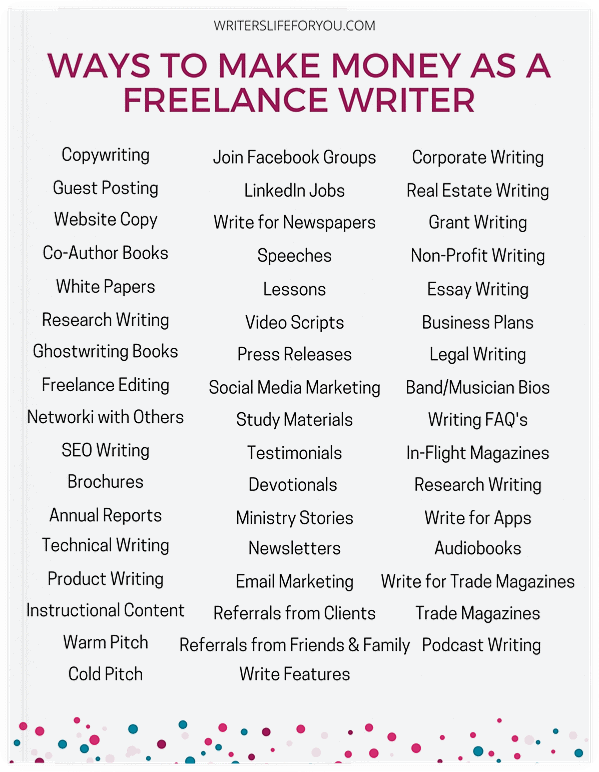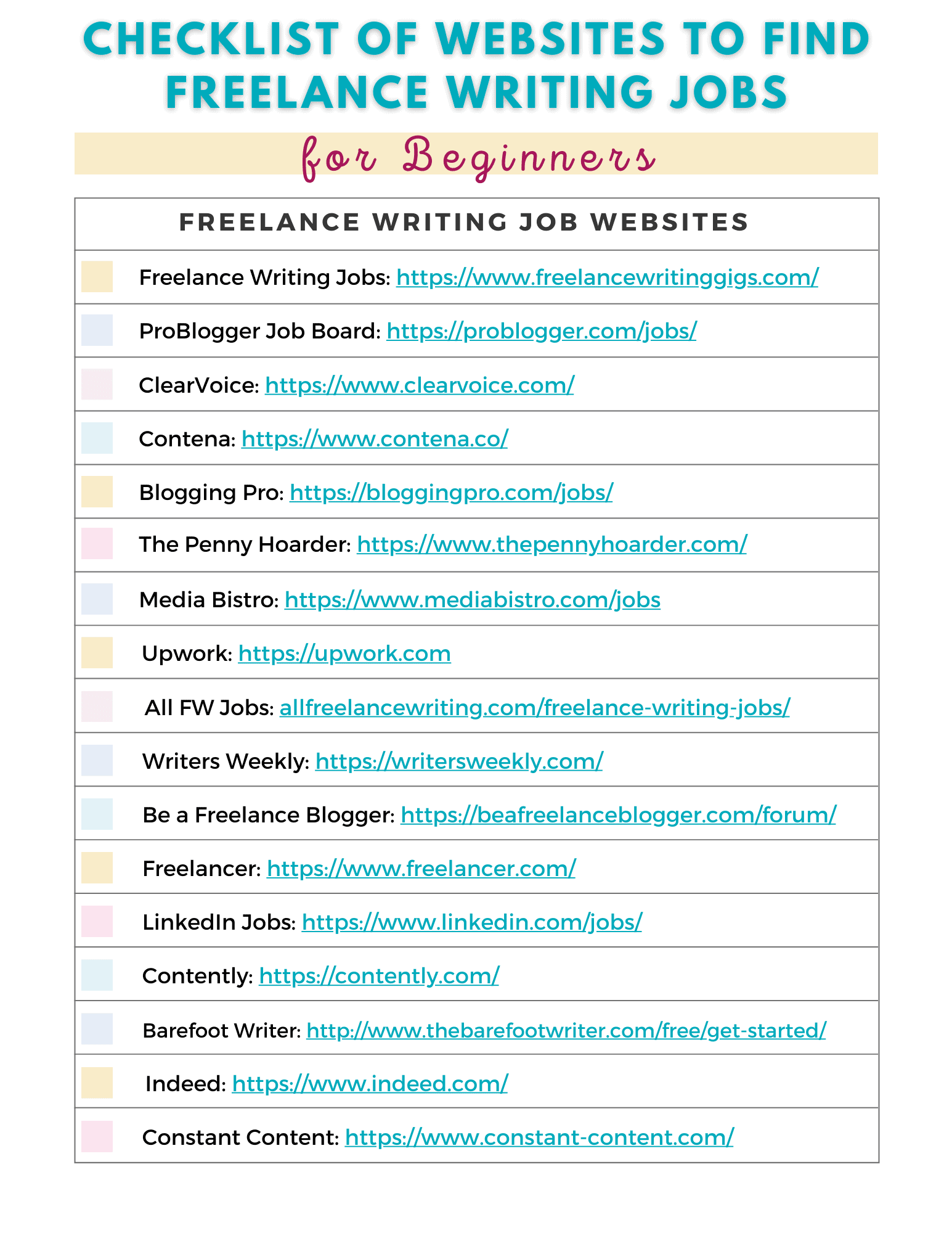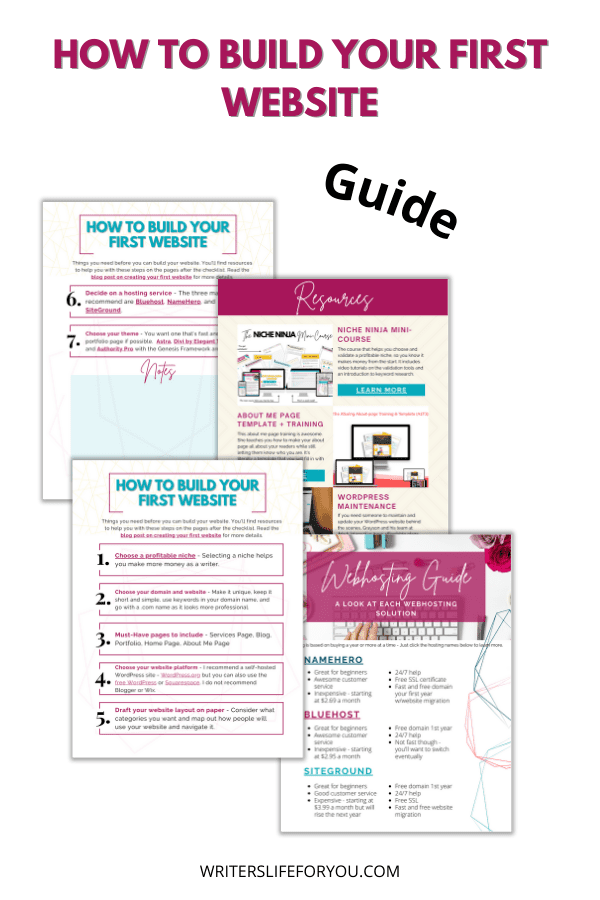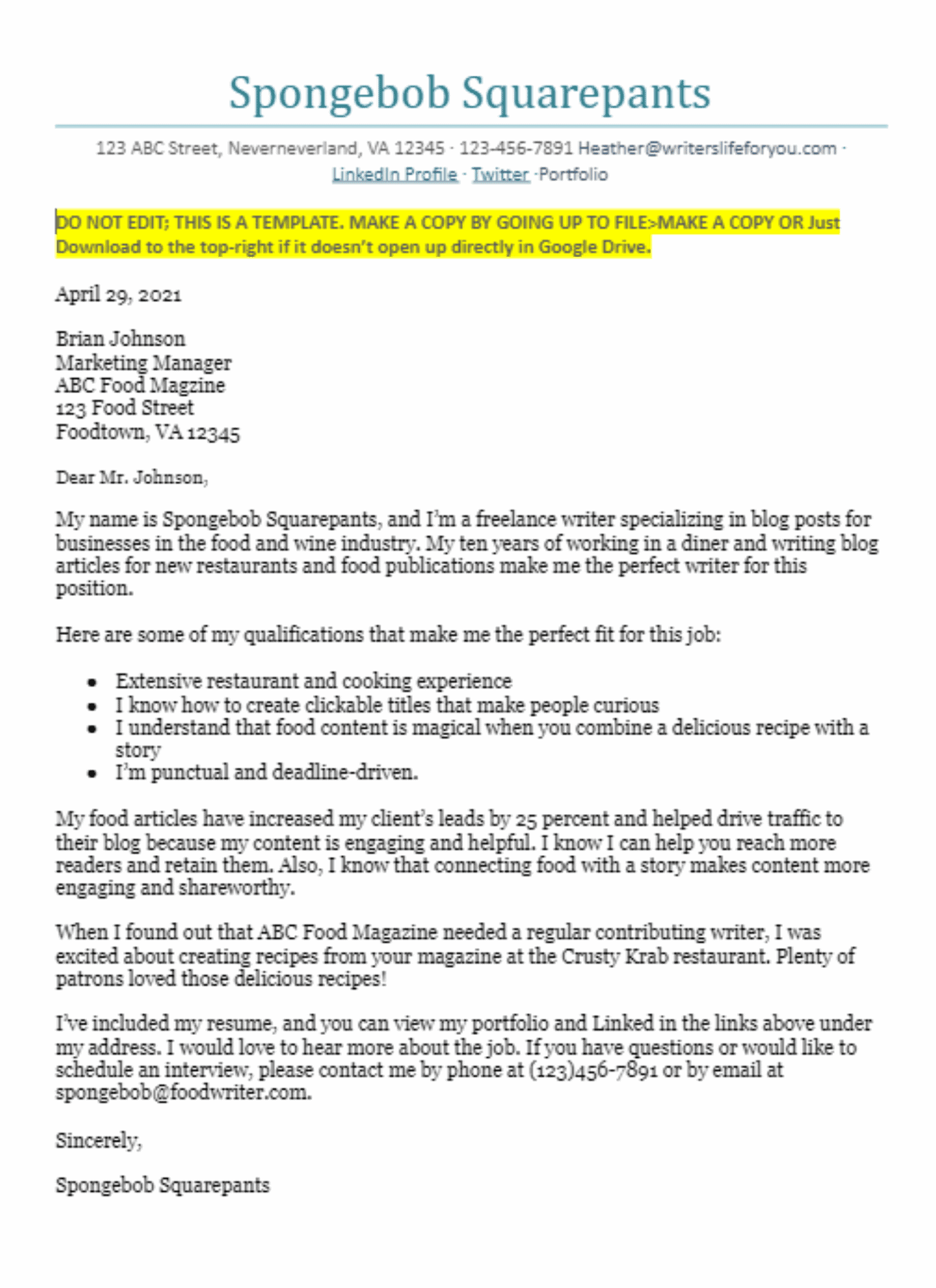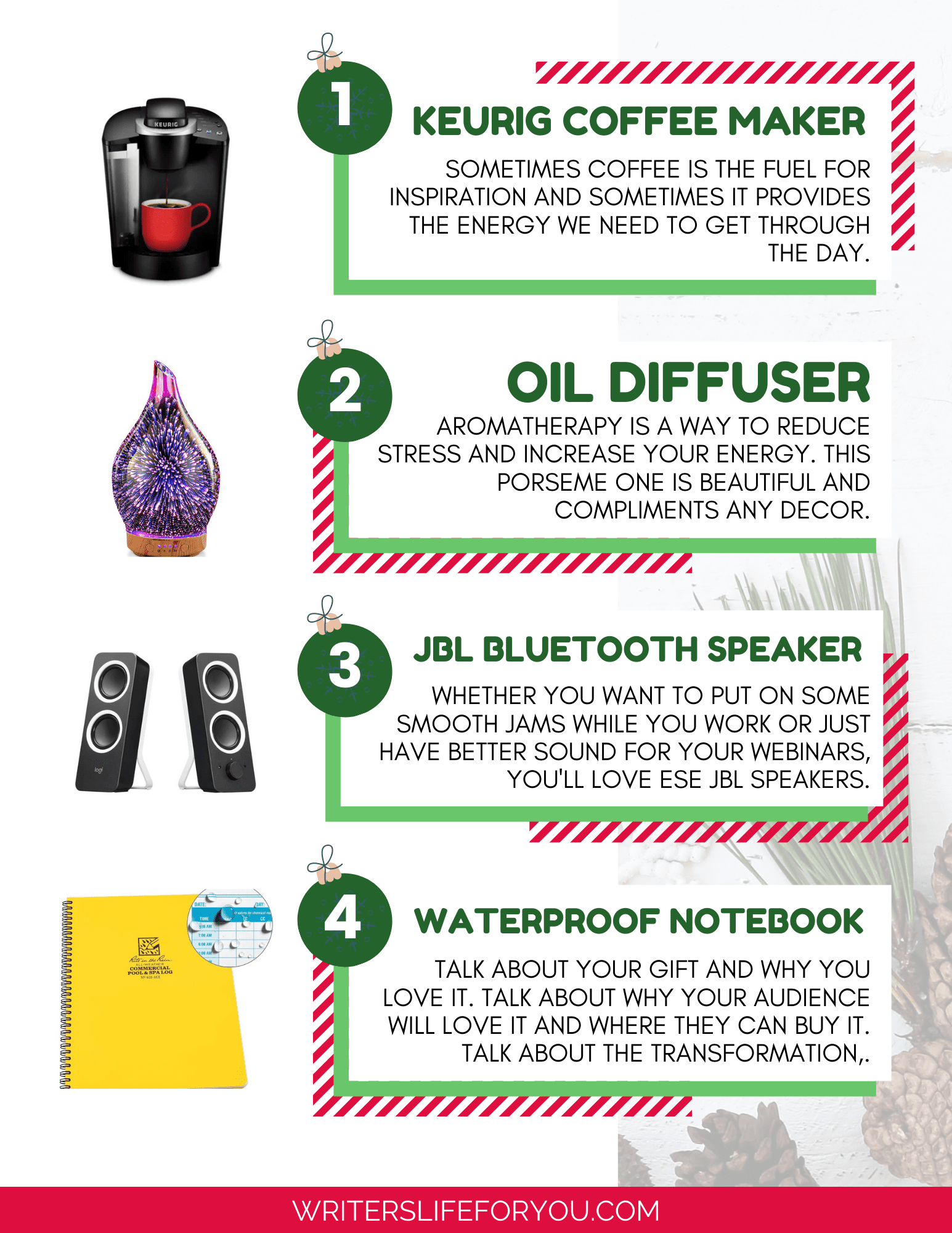Are you a content creator looking to make more money and streamline your content creation process? If so, you’re not alone – many creators face the same challenge!
Fortunately, there is a way to address both issues: to create an organized content creation framework for your content writing process. Having a framework helps keep you on-task and efficiently produce quality content that can help you make more money with each piece of content you create.
In this blog post, we’ll discuss the following:
- How using a content creation framework can be beneficial to your business
- Why it’s worth taking the time (and effort) to create one today
- The steps for developing your own framework for creating and publishing content

What is a Content Creation Framework?
A content creation framework is simply a process or a set of guidelines that help you produce high-quality content that resonates with your audience. Think of it like a roadmap that guides you from the ideation phase all the way through analyzing how well your content is doing once published.
By having a content creation framework in place, you can ensure that your content aligns with your brand message, is optimized for search engines, and is distributed across the proper channels to reach your ideal audience.
It’s a valuable tool for any content creator who wants to streamline their process for creating content and producing compelling content that drives engagement and conversions with your marketing efforts.
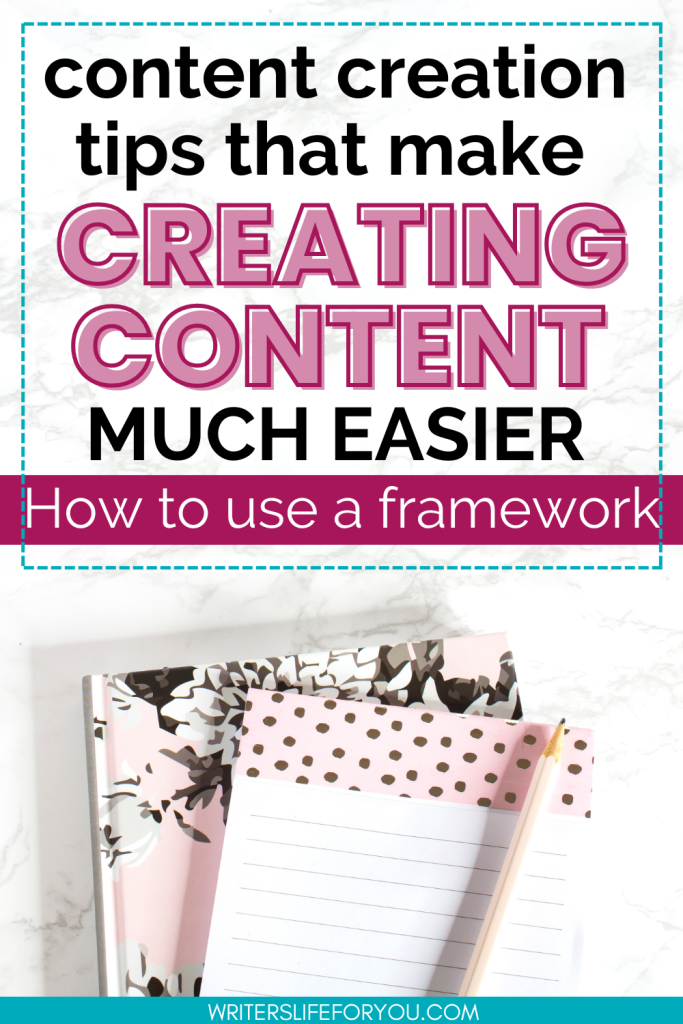
Why It’s Worth the Time to Create a Content Creation Framework
Building a content creation framework is definitely worth the effort. This type of framework helps ensure that your content aligns with your brand message, resonates with your target audience, and achieves your marketing goals.
It also streamlines your content creation process, helping you be more efficient and write high-quality content, much like adding a content repurposing workflow reduces the time spent creating content.
A well-defined framework helps you:
- Develop a clear understanding of your audience and their needs
- Create content that is optimized for search engines and social media channels
- Ensure consistency and quality across all your content marketing efforts
- Organize and manage your content creation more effectively
- Measure and analyze the performance of your content and adjust your strategy accordingly
By developing a framework, you can save time and resources in the long run by creating high-quality content that delivers results. It’s an investment that will pay off in terms of increased engagement, traffic, and income.

A Step-By-Step Content Creation Framework
Developing a content framework is the key to writing all your content, optimizing, and publishing it faster. You may notice that my framework is a little different than some others, and that’s because this is a view of your whole content creation system.
I teach content planning to my students, including how I pick topics based on my promotions, so I work backward based on what I’m promoting, which is a little different than many people’s content creation process.
So this framework factors in the content creation workflow and process I’ve developed over six years of writing my own content and for clients.
Here are the main steps of a smart framework for creating high-quality content that provides a repeatable process to ensure consistency over time.
Workflows vs. Processes vs. Systems
Before I get into the framework, all this talk about processes and workflows can be confusing because there is a difference between the two. I wanted to explain the difference here, along with what systems are, so the rest of the article will be less confusing.
A workflow is comprised of repeatable activities necessary to complete a specific task.
A system is a combination of parts that make up a whole, for example, a mass transit system. If some parts or missing or malfunctioning, your system will grind to a halt.
A process makes up the moving parts of a system and helps them run smoothly. Most systems are made up of multiple processes. For example, in the mass transit system, you have the process for selling tickets, a safety process, etc.
Processes are more about comprehensive outcomes, while workflows focus on the details. Workflows can become super complex, with some tasks having subtasks that fall under them.

1. Develop a Content Creation Workflow
You may be wondering why I’m starting with developing and content creation workflow, and that’s because this is the basis for all the content you produce. I start with my blog post workflow, which has many steps, but here is an example of what part of that may look like.
- Brainstorm content ideas
- Research keywords you can rank for
- Craft a clickable title
- Write a blog post outline
- Write your article and optimize it for SEO
- Verify you added enough keywords
- Edit your post
- Upload to WordPress
And so forth. This is just an example, but you may want to design a general content creation workflow. You likely have a specific set of steps you do every time; it’s just not documented. So next time you sit down to write your content or plan your social posts, document the steps you take.
But often, finding topic ideas is the first part of a content creation framework, so that’s next.
2. Finding Topic Ideas
I keep a running list of content ideas in a spreadsheet to which I’m constantly adding to. When I started, I had to brainstorm topic ideas more often, and I usually did this with competitor research before I had a lot of digital products, services, and courses.
So, you can start with brain-dumping some topics you think your audience might be interested in or new trends, followed by some keyword research to see if there are phrases you can rank for. I use Keysearch for this, so read this KeySearch review to learn more.
But I usually do this in the content marketing strategy phase when doing competitor research because this is also a great way to find content gaps in content that your competitors aren’t covering.
Topic ideation can be challenging sometimes, especially seasonal content. But luckily, there are plenty of online resources, both free and paid, that can help you, like Answer the Public or Ubersuggest. And I also use Surfer SEO to find content clusters that are helpful for SEO.

3. Develop a Content Marketing Strategy
A content strategy is critical for your content creation because, without a strategy, your content won’t be helpful to your audience. It helps you set the right goals that align with your business goals and enables you to maintain consistency, which is crucial.
So multiple strategies can fall under your overall content strategy because they all connect. Like your SEO strategy, where you do keyword research to ensure your blog articles rank higher in organic searches.
This is where you may want to develop your email marketing strategy, too, as newsletters and other emails to your list count as content too.
Your content marketing strategy also includes these elements as well:
- Choosing your content format – Blog posts, live streams, videos, etc.
- Choosing your marketing channels – think social media platforms like Instagram, Facebook, Twitter, etc.
- Competitor and audience research – This is where you can find what your audience wants and needs to attract potential customers and clients, as well as the topics and types of content your competitors are doing.
- Setting your content themes
- Creating content goals
- Logistics – How you’re going to manage and implement your strategy? Will you have a social media manager, use a scheduler, etc.? If you have a team, this may mean you need to assign responsibilities to team members.
- How often you’re going to post
- Developing a content promotion strategy like paid promotion or ads or how you plan on sharing your content
As you can see, a lot goes into your strategy, but every good content marketer knows it’s a vital part of crafting great content.
4. Create a Content Plan
Then it’s time to develop your content plan and schedule. I teach an easy way to plan your content for the whole year, quarter, or month (whatever works for you) in my course Content Planning 101.
You can start by building out your content creation plan with your product, service, course launches, and the content themes surrounding them. Or just use topics surrounding your niche and content categories you talk about to establish your expertise.
This is also the phase where I sit down and create my editorial calendar. Creating a calendar helps me stay on schedule when generating content in a given timeframe. When I set timelines for publishing landing pages, blog posts, and social media posts, I can get an overall view of what needs to be done and when.

5. Create Your Content
Now it’s time to write your content, and I also made a content repository or bank of all my content as it’s published, so I know exactly what I’ve posted for content repurposing.
But this process also involves research, creating outlines, gathering images to use, and more – essentially all the information you need to draft your content.
And when it comes to blog posts, you want to make sure the content matches search intent and that you’re creating pieces for each buyer’s journey stage. As an SEO specialist, I can tell you matching user intent is key.
You also want to define your angle or how you will approach the topic and write an introduction that includes a hook to reel readers in, so to speak. Social posts need a hook, too, so don’t forget it!
These are some other things you want to do before or as you start drafting your content.

6. Develop an Editing Process
You also want to make sure that you develop an editing and reviewal process for your finished content. When you’re a solopreneur, this is often easier. But once you add team members, you may need to set up an editing timeline. If you set clear expectations, it helps.
When it comes to editing, I recommend that you wait until one day after you finish writing your content to edit it but at the very least, a couple of hours.
This is because it allows you the time to step back from your content so you can view it from a fresh perspective. If you start editing immediately, you may miss mistakes as you’re not looking at your content differently.
I also recommend you use an editing tool like Grammarly. As a content writer who writes content daily, this is one of the best tools I have ever invested in. The free version is good, but Grammarly Premium is even better.

7. Publish/Schedule Your Content
Once your content is written, edited, and ready, it’s time to publish or schedule it. This may mean using a scheduler for your social content or scheduling a time that your blog post will go live on your website in WordPress or some other content management system or CMS.
There are plenty of tools out there to help with getting your content ready to publish ahead of time.
8. Promote Your Content
When it comes to blog posts or similar content like long-from YouTube videos or something else, your job doesn’t end once your content is published. You need to promote it too.
Creating a promotional plan for all the content you make ensures that you properly promote all your content and that it doesn’t sit somewhere neglected. Here are some types of content promotion you may want to consider:
- Sharing your content with your email list
- Free and paid events like webinars, challenges, summits, etc.
- Paid ads like Facebook and Promoted Pins
- Social media marketing
- Podcast episodes
- Make sure you have share buttons within your content on your website
- Networking with influencers
- Sharing your content in Facebook groups for bloggers

9. Analyze the Results
And now it’s time to analyze your results because you always want to test and refine your framework to know what’s working and what is not. There are plenty of tools you can use, such as:
- Google Analytics
- Google Search Console
- Social platform analytics
- Your scheduling tool analytics
- Email service provider tool analytics, sign-ups for opt-ins, conversion, click-through rates, open rates, etc
- Sales conversions wherever you host your courses, products, tools, and sales pages like Thrivecart, Lead Pages, or Teachable
All of this will help you see if the content you’re creating is working or not so you can adjust and will ensure you’re providing valuable, high-quality content for your audience.
FAQs
How do you create a content strategy framework?
To develop a content strategy framework, start by defining your audience, brand message, and marketing goals. Conduct market and competitor research to identify topics and themes that will resonate with your audience.
Then, choose content formats and develop a content calendar that outlines the types of content to create, the channels to use, and a posting schedule. Finally, measure and analyze your content’s performance regularly to refine your strategy and improve your results.
How do I set up content pillars or clusters?
Identify themes or topics that align with your brand message and ideal audience to set up content pillars. Create a plan outlining content types, channels, and audiences for each pillar. Then be sure to regularly review and refine those clusters to ensure they remain relevant and aligned with brand goals.
To create a social media marketing plan, start by defining your target audience and identifying the social channels they use. Develop a content calendar that outlines the types of content to make, the platforms to use, and a schedule.
Determine the budget and resources you will allocate to social media marketing and how you will manage everything. Finally, regularly measure and analyze your post performance to refine your strategy and optimize results.
What is a content marketing framework?
A content marketing framework is a comprehensive strategy for the creation, publication, and distribution of content that aligns with broader marketing goals. It includes defining target audiences, developing a brand message, identifying the right channels, creating a content calendar, and tracking performance metrics.
A framework ensures that content creation efforts align with marketing objectives and helps content creators write and distribute content more efficiently and effectively.

Final Thoughts on a Content Creation Framework
Building a content creation framework can be very helpful in providing structure to your creative processes and ensuring consistency. The effort put into constructing a content framework will save you time in the long run as you continue to write content for your audience.
Keeping track of content ideas and organizing them is easier when you have well-defined guidelines. If you have never thought about creating a framework like this before, try it out and see what works best for your content. Don’t worry; trial and error is part of the process as you learn what works and doesn’t.
Consider the tips in this blog post to help you create an effective and efficient content creation framework that works best with your brand. And remember, regularly audit your framework to ensure it’s working and make changes and optimize as needed.
Let me know any content creation questions you have below!
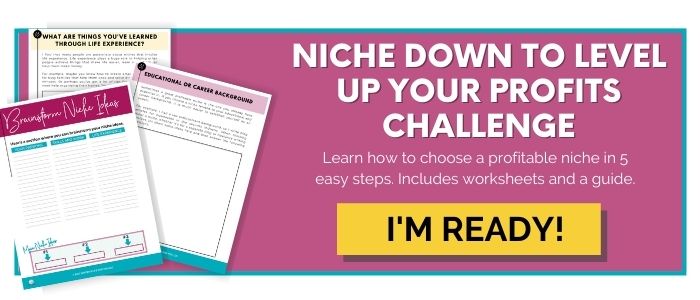
Related Posts to Content Creation Framework
55+ Awesome Blogging Tools for Beginners That Make Blogging Easy
How to Use Canva to Create Stunning Social Media Graphics (Even if You Suck at Graphic Design)
71+ Book Blog Post Ideas When You Have No Idea What to Write
The Ultimate Guide on the Best Gifts for Bloggers
How to Earn a Full-Time Income Freelance Blogging the Easy Way
15 Common Website Mistakes to Avoid When Creating a New Website
How Long Does It Take to Write 1,000 Words + How to Write Faster
How to Make Money Ghostwriting: The Secret Tips No One is Telling You
11 Tips for New Writers Guaranteed to Make You Money
18+ Imposter Syndrome Journal Prompts to Help Increase Your Confidence as a Content Creator
A smart content creation framework can make all the difference.
